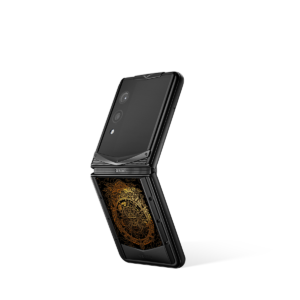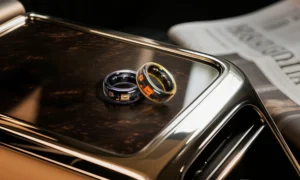About 20 years ago, when mainland China was just emerging in the global art market, Taiwan was a post-peak calm. Crocodile-level collectors and a long collection tradition have made it a worthy Asian trading center. Today, change is happening quietly. New collectors take advantage of the situation or leverage, and the international taste is sweet or westbound. Under the influence of dual factors, Taiwan's art market is heading for an unknown road-paying for taste, which seems to be an old legend.
#01
# The twist of style
At first, people thought it was the push of the epidemic: watching PDF to buy art, racketeering almost replaced offline, “sweet” paintings were everywhere, and the turnover soared. On this point, China and Taiwan are in step with the international community. “In the past three years, more visual, easy to understand, lovable, or easier to hang in the home, decorative works have become popular.” Said Huang Yaji, founder of Taipei Each Modern Yaji Gallery.
At least in 2019, the first Taipei Contemporary Art Fair was not exactly the scene. By May this year, Taipei's contemporary has been opened for the fourth time. The scale has been restored, but the style has changed. The booth changed and the heat shifted. Young people came to the Expo to clock in, take photos and get praises. “The work with the highest exposure is by no means the one you appreciate the most. It is usually a cartoon.” L'atelier Fantasia Colorful Design Director Jiang Xinyi analysis. She is a well-known interior designer in Taipei, and many clients have a budget of tens of millions of yuan for interior design and soft decoration. Therefore, in recent years, Jiang Xinyi knows by heart what kind of works of art customers like to match in their homes.
Also seeing this trend change is Wang Yaning, a representative of the International Taiwan Region of China, who believes that many collectors prefer works that make them visually pleasing. This has something to do with the cultural atmosphere. The market of Yayoi Kusama took off in Taiwan in the 1990 s “. Compared with other regions, the situation is even worse, “I like the style of Japanese contemporary art here”.

* Photo 1: Chen Zhaohong's “Beach 48”, oil on canvas, 76.2 × 101.6cm,1975, the artist was represented by Yaji Gallery. *
* Photo 2: Jiang Xinyi's interior design, with the work of artist Jean-Michel Otonier (Jean-Michel Othoniel) on the left and the blue painting on the right, by Nabil Nahas (Nabil Nahas), Oakingdaiyuan, Taiwan, China *
In the actual collection process, Jacky Y. Chen (hereinafter referred to as Jacky), a new generation collector, also found that most of the works of art he bought were close to each other, such as bright colors and brightness, and had gradually formed a thread. The Louisa Coffee Xiangshan Art and Literature Center, which it operates, has exhibited works by American artist Catherine Bernhardt (Katherine Bernhardt). “I bought it before her market started.”
Beyond the taste is the entry of international galleries and the entry of Western contemporary art. According to data from the “Allianz 2022 Global Wealth Report” (Allianz Global Wealth Report 2022), Taiwan, China ranks first in Asia and fifth in the world with a per capita net asset of 138200 euros. The accumulation of wealth and generations of collectors have lured the art world's ambition to expand into this trading hot spot.
“If you don't see the information or communicate with each other, you may not know the list of post-90s artists in the mainland.” Wang Yaning said. Over the years, Taipei collectors have been known for being cautious, slow-moving, and good at learning. They have a stable ecosystem. Even if local artists do not appear in the secondary market, they will continue to support them. “But in recent years, some overseas gallery representatives are very experienced, such as White Cube, Limu Gallery and Esther Schipper. They have been pushing their own artists.” Just like the artist Bernhardt was not understood by Jacky's circle at the time of the exhibition, Western galleries “Zona represented her, and friends all said she looked good”.
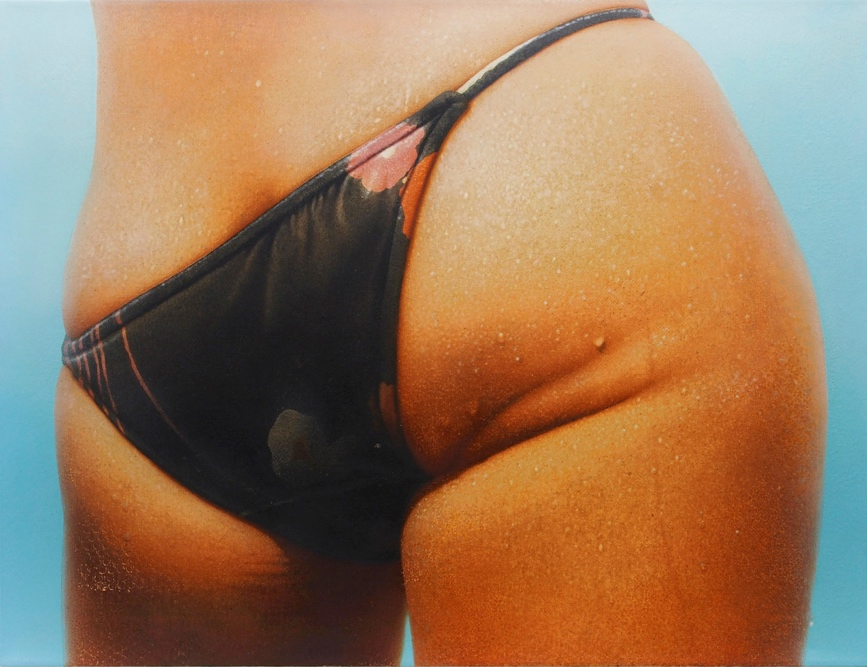
* Photo 1: Works by Catherine Bernhardt (Katherine Bernhardt), Jacky Y. Chen Collection *
* Figure 2: Christina de Miguel (Cristina de Miguel) “Procession IV”, Acrylic on Cloth, 2021, Jacky Y. Chen Collection *
* Figure 3: Louisa Coffee Louisa Coffee Xiangshan Art Center *
In addition to buying art, Jacky also collects wine, whiskey and cigars. For two or three years in a row, he supplied all the Yamazaki 50-year and owner barrels on the global auction floor. However, contemporary China is its artistic enlightenment. The previous collection logic is similar, but buying art is different, which will “frustrate” it from time to time. Even by 2020, he feels that Chinese artists and collectors “don't see much of a new direction”.
As soon as this end wanders, the other end goes in. The taste of a group changed immediately, “quite a lot of people began to look at the western contemporary”, and the taste of international galleries became a certain selection standard. During the epidemic, offline shopping was limited, but the ability to buy paintings online with the touch of a finger also contributed to many collections: works by artists under the age of 45 priced at $50000-$100000 were Jacky's main purchases.
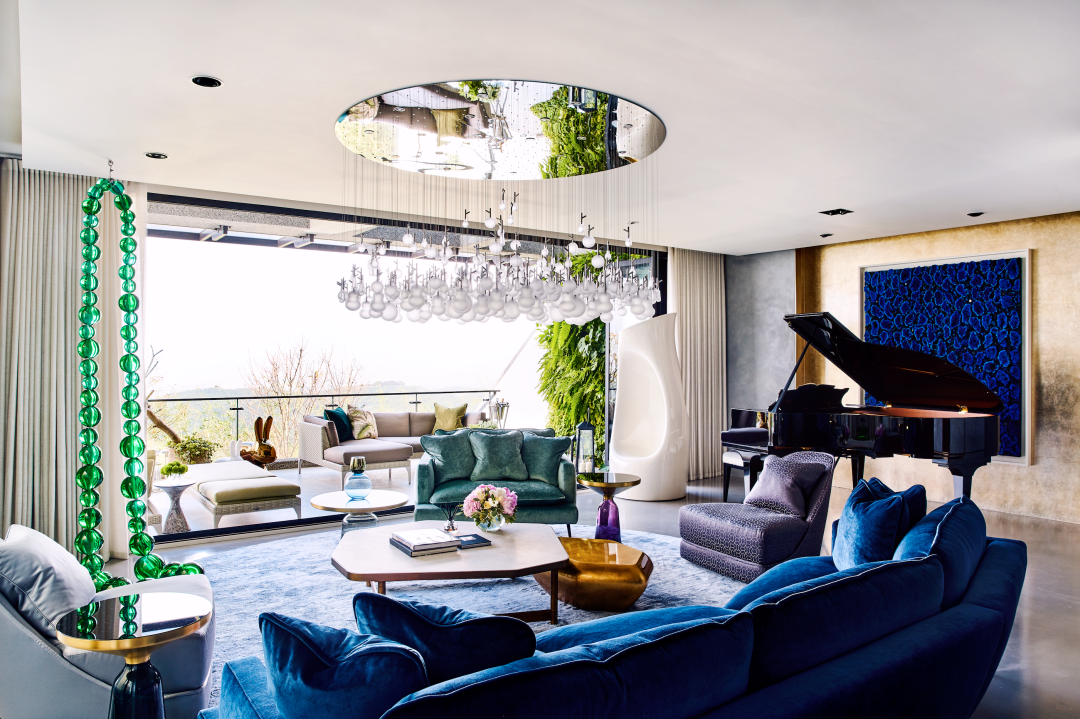
* Photo 1: Joel Mesler “Untitled Earth”, Oil on canvas, 152.4 × 233.7cm,2021, Jacky Y. Chen Collection *
* Figure 2: Choi Soo Jung (Choi Soo Jung) “Refraction”, Acrylic on Cloth, Embroidery, 150 × 150cm,2022, Jacky Y. Chen Collection *
“For Europe and the United States, this is already a very high price, and the artists represented by Pace Gallery may have done the same at the beginning.” In contrast, Jacky does not choose works of 10000-20000 dollars. Because there is no high-quality gallery endorsement, the artist's market potential to play a question mark. Sometimes, he also starts with new artist 400000-$500000 of work. But he said frankly: “This amount of money is very stressful to catch up, because I just want to buy good works.”
Too fast, too early and too expensive are all questionable. According to Huang Yaji, it is the taste of computer engineers that dominates the NFT and the taste of financiers that dominate the auction. “It did shake my confidence a little bit.” But now, she is relieved and points out: “It's just that the overall section of the art market has become bigger and more differentiated, and it has nothing to do with long-term business.”
But when asked how long this trend will last, Jacky replied without hesitation: “40 years.”
#02
# Entry, exit
40 years is enough to witness the rise and fall of an art movement. “40 years ago, the artistic context started by Andy Warhol and Jean-Michel Basquiat; another 40 years ago, it was abstract expressionism; and then it was Picasso by Picasso and the artists in Paris.” Jacky analysis.
It has been exactly 40 years since the “golden year” of collection opened in Taiwan in the 1980 s. The artist's creative style changes, and the two generations of collectors are also handing over. The older generation is decentralized, and the collection business is handed over to the next generation. “They don't understand new art.” Jacky believes that the old collectors can't even compare with the next generation in language and mobile phone use.
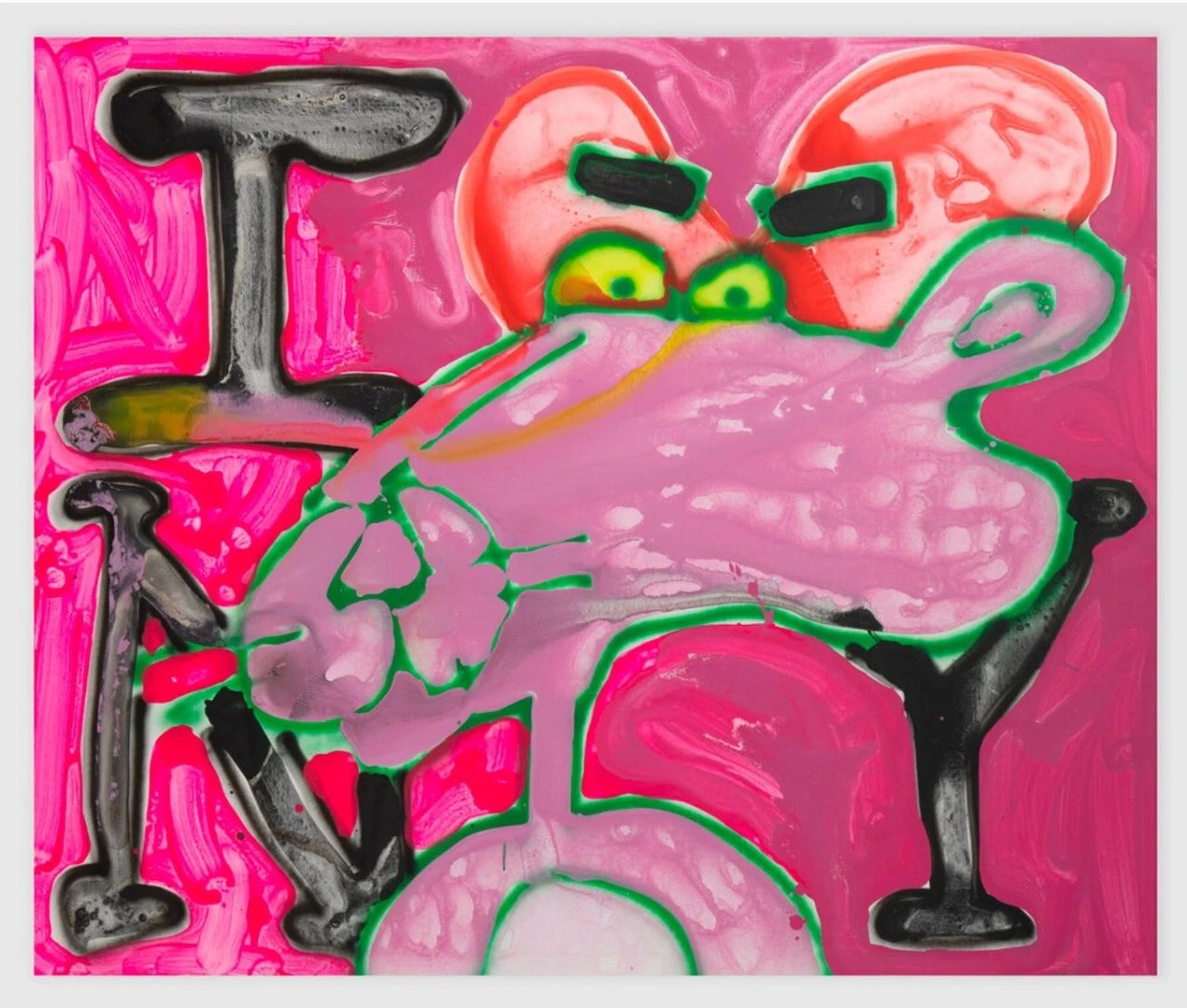
* Photo 1: Sentimental Journey II-Okinawa, Silver Salt Photo, 35.6 × 28cm,1971, exhibited in Yaji Gallery *
* Figure 2: “Provocation of the World” exhibition site, Guandu Art Museum, 2021, jointly planned by the art museum and Yaji Gallery *
Doubt is also the reason. “The circle of senior collectors in Taiwan is concentrated and their professional qualities are very good. Their collections are rarely released because they don't like exposure and are not short of money. They start with antiques, and also collect classical and 20th century masters. They have great collections.” Wang Yaning said. In the face of these senior collectors, Huang Yaji, who has ten years of gallery operation experience, dare not neglect at all. “The contemporary may not be understood, but they have a thorough understanding of the artists of the elite generation and above, and their backgrounds and exhibitions are very precious. I will be nervous when chatting with such collectors.”
However, in recent years, these collectors' ideas on contemporary art have somewhat stopped, and there are few contemporary appearances in Taipei in May. “Powerful collectors may go directly to the International Art Fair.” Wang Yaning think. Huang Yaji also added: “It is incredible for them to think that easy works can be photographed at such a high price.”
The second generation of collectors took over, the new rich rose, and the funds were used to invest in real estate and sometimes to buy art. In the past three years of interior design, the number of high-end projects received by Jiang Xinyi has increased rather than decreased. “Owners under 45 account for 2/3.” People who know how to operate and work with their brains, the more turbulent they are, the more popular they are. By comparison, traditional industrialists are conservative.
Her clients include the newly rich who bought Taipei's top luxury houses at the age of 28, as well as the inventor of a virtual currency. For a luxury house, the interior design costs tens of millions of yuan, and the budget for buying art is between 1 million -3 million yuan. “There won't be any more. They treat art as part of the asset in interior design.” If the property is traded in the future, the art is packaged and sold together. And “the unit price of a sofa or lamp is also 500000 yuan. For these people, a 500000 yuan piece of art is about the same as the price of a sofa at home.” Sofas are hard to sell when they are used, and art can change hands. “They don't think much about appreciation, at least better than buying a sofa?”

* Photo 1: Jiang Xinyi's interior design with the work of David Moreno, Heping Garden, Taiwan, China
Figure 2: Jiang Xinyi's interior design, with the work of Thierry Fitz (Thierry Feuz), ONE PARK, Taiwan, China
Photo 3: Jiang Xinyi's interior design, with the work of Nabil Nahas, Dajing Dayuan, Taiwan, China *
Celebrity home exposed, Jay Chou for the auction curation, the younger generation of vision once opened, do collection is sooner or later. “Installation, video, sculpture will be placed at home, art forms are indeed diverse.” However, the works of art recommend by Jiang Xinyi for the owners will still be mainly sweet, “because they do not want to affect the magnetic field in their homes”. Besides, the reality is explicit: buying art is not special. “2 million yuan of fish tanks, millions of dollars of kitchen utensils, they make decisions quickly.”
As young collectors, Jacky thinks that the second generation of collectors may be in the “comfort zone” of the previous generation, while the other new collectors “do not have any burden, buy according to their own understanding, and do quite well”. But there are not a few people who collect works by “word of mouth. In this regard, Huang Yaji is not without worry: “This will doubt or lose good artistic taste and aesthetics.”
Wang Yaning sighed: “in recent years, new collectors have bought it, and the data is very good, which is different from the previous collection characteristics.” For example, Jacky once collected paintings by South Korea artist Sticky Monger and displayed them in Xiangshan Art Center for a period of time. “I couldn't keep moving me, but it went up so fast that I sold it.”
Huang Yaji may feel the same way about this: “There are not so many good artists at all.”
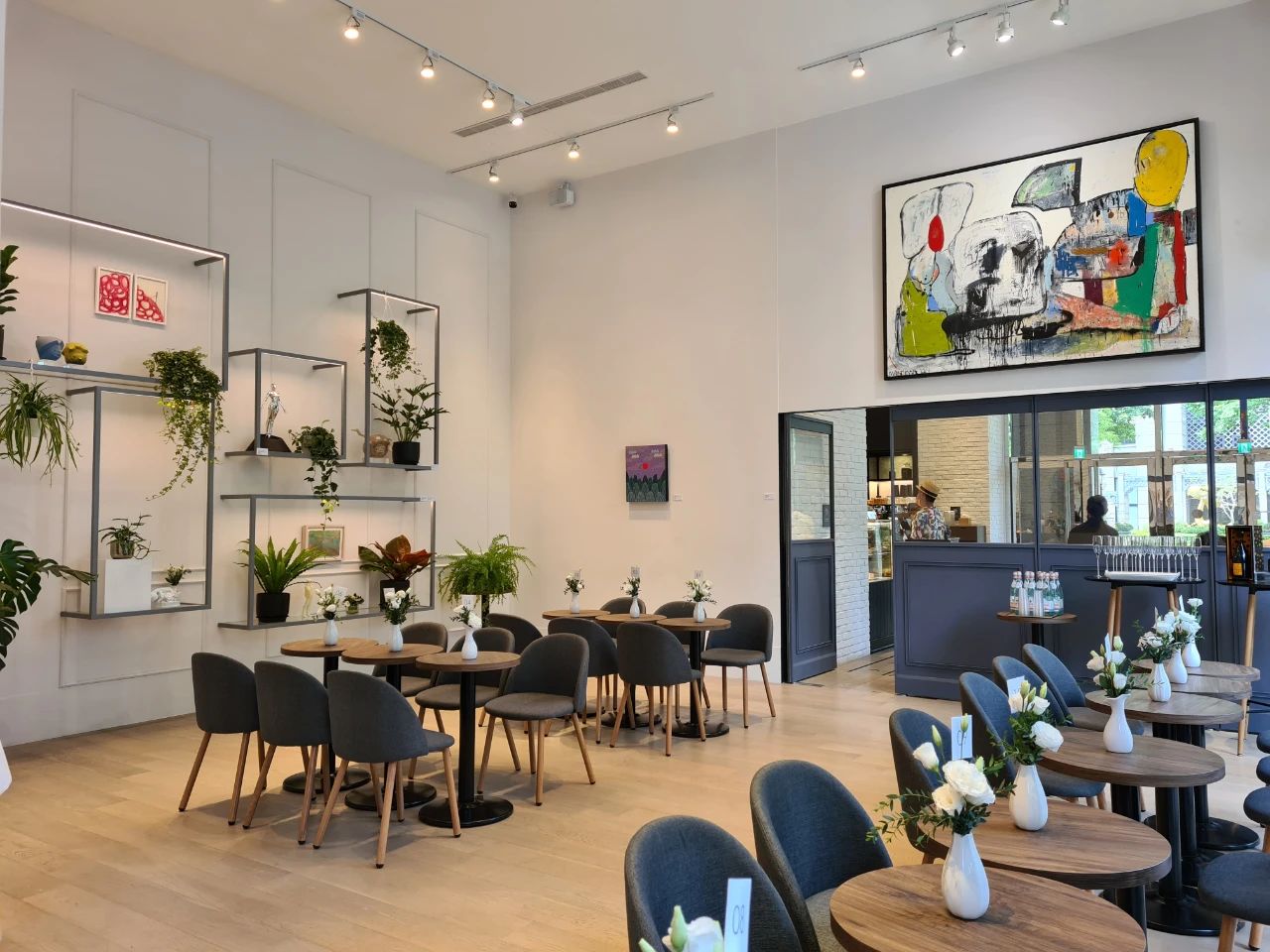
* Figure 1: “Either is Good — Overseas Young Chinese” Exhibition Site, Yaji Gallery, 2022
Figure 2: Xu Jiong's “My Heart Is Like the Moon”, a collage of comprehensive media on cloth, 50 × 60 × 4cm,2014-2019, the artist was represented by Yaji Gallery. *
#03
# Hold on or break through
In 2021, Yaji Gallery moved from Renai Road in Zhongzheng District to Xinyi Road. Relying on the existing old collectors, the gallery is still running smoothly. But Huang Yaji still spent time and energy studying various online exhibition methods during the epidemic. However, “high-priced works are difficult to go, and medium-priced works are easy to sell” is a foregone conclusion. On the contrary, “every online exhibition of very young and popular artists is sold out”.
“Moving new space is also for young collectors.” Before the epidemic, 80% of its gallery's sales came from professional collectors in Taichung. What followed, Huang Yaji did not say. For local galleries specializing in Taiwan and Asian art, the influx of new styles is a shock, so that they have to adjust their strategies: it may be inevitable to introduce Western contemporary or represent young artists. In addition to Huang Yaji, Geng Gallery also opened TKG + in earlier years as a young platform to extend the management of contemporary art.
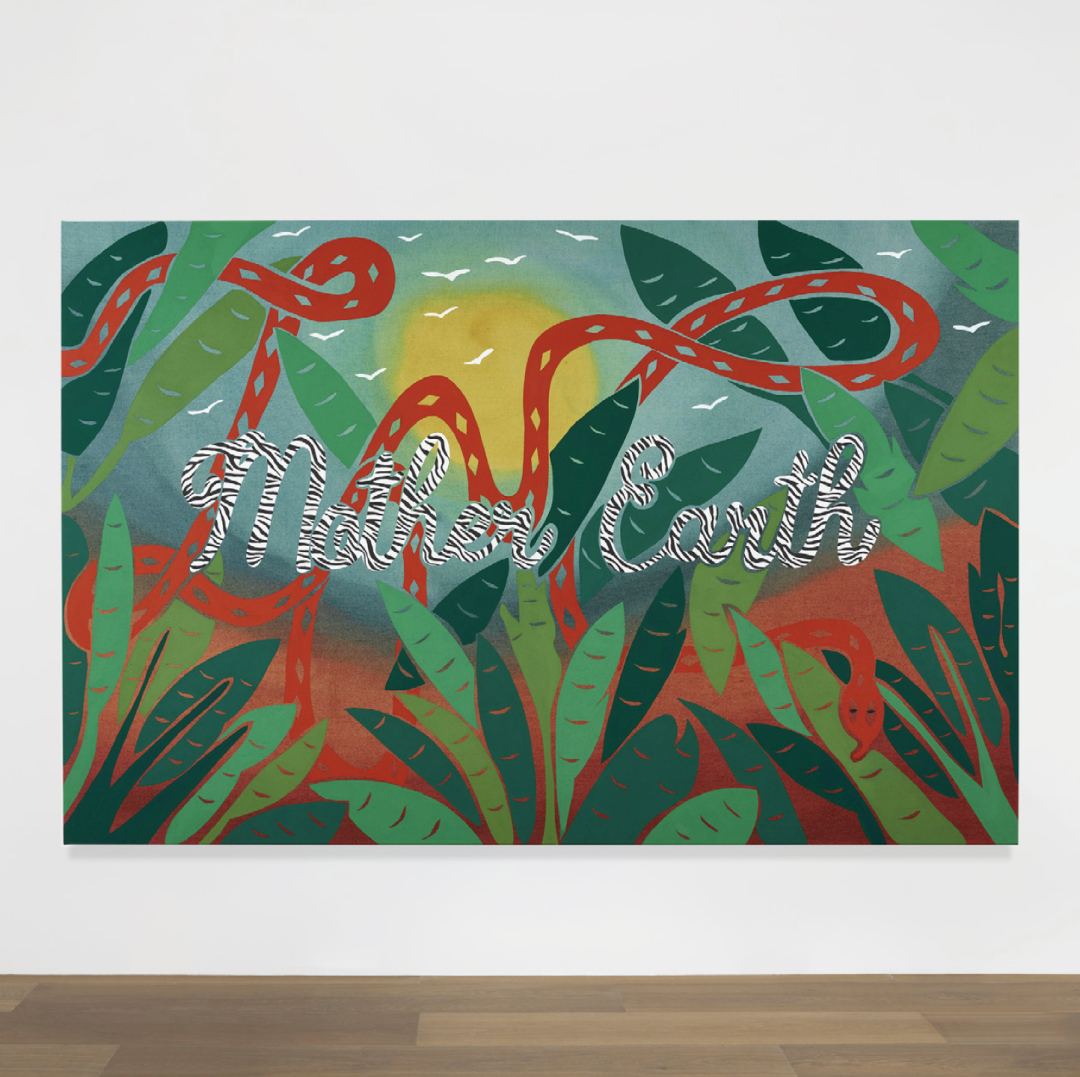
* Figure 1: Angel Otero, Red Island, Oil, Fabric, Leather, 2019, Jacky Y. Chen Collection
Photo 2: Zhao Gang's “Love”, Oil on canvas, 180 × 180cm,2022, Yaji Gallery Exchange Exhibition “Art Collaboration Kyoto with Blum & Poe”, National Kyoto International Guild Hall, 2022
Figure 3: Jiang Xinyi's interior design, with the work of artist Xu Lei, Van Yue Wanguo Mansion, Beijing *
On the other side, the new collectors are also in full swing. New enough and good enough are Jacky's buying criteria. Artists with few known but high evaluation in the industry should be selected. However, if their works are not included in art galleries, good institutions or good collectors, they will be considered not in the “ecological circle”. Relying on this criterion, he has a success rate of over 80% in buying art. Just as Yamazaki whisky was excavated before it was accepted in Asia, “this is the king's way”.
Different from buying art only when they wanted to be collectors, young people nowadays don't care much about whether artists can go down in history. Previously, the collection and investment of Chinese Taiwanese collectors seemed to be two different things. With the passage of time, the new consumption concept derived from the group in Jiang Xinyi's mouth brings another kind of “vitality” to the market “. “When people go to art fairs, order works as quickly as buying bags, is it good or bad? Don't think this is a slander to art, at least the market is booming.” Jiang Xinyi said. However, “there are really many beautiful works that cannot be bought”. In her 13th year of collecting, she realized: “Ten years ago, she chased Michelin. Ten years later, she just wanted to eat a bowl of macaroni.”

* Nobuyoshi Araki's “Sentimental Journey II-Okinawa”, Silver Salt Photo, 35.6 × 28cm,1971, exhibited in Yaji Gallery *
The entry, exit, update, stick. In the art of alternating generations, there are always people who can smell the wind. “Have you noticed that Hermes' stock has tripled during the epidemic?” Jiang Xinyi asked.
“Everyone wants to express their feelings through consumption. Things further away are too unstable.”
(Source: Harper's Bazaar Art)





